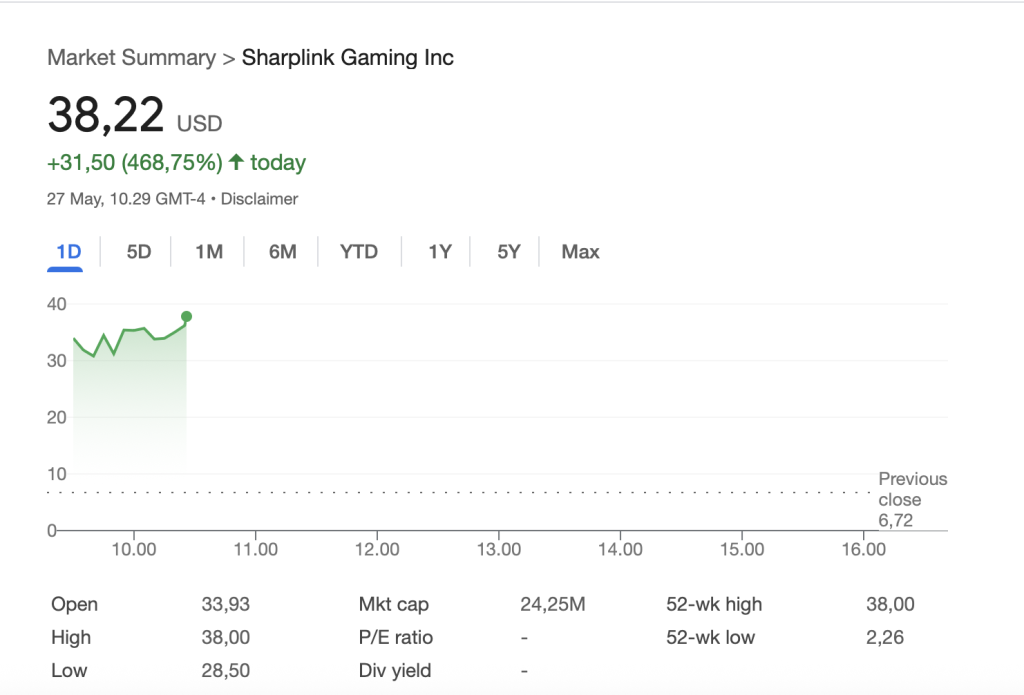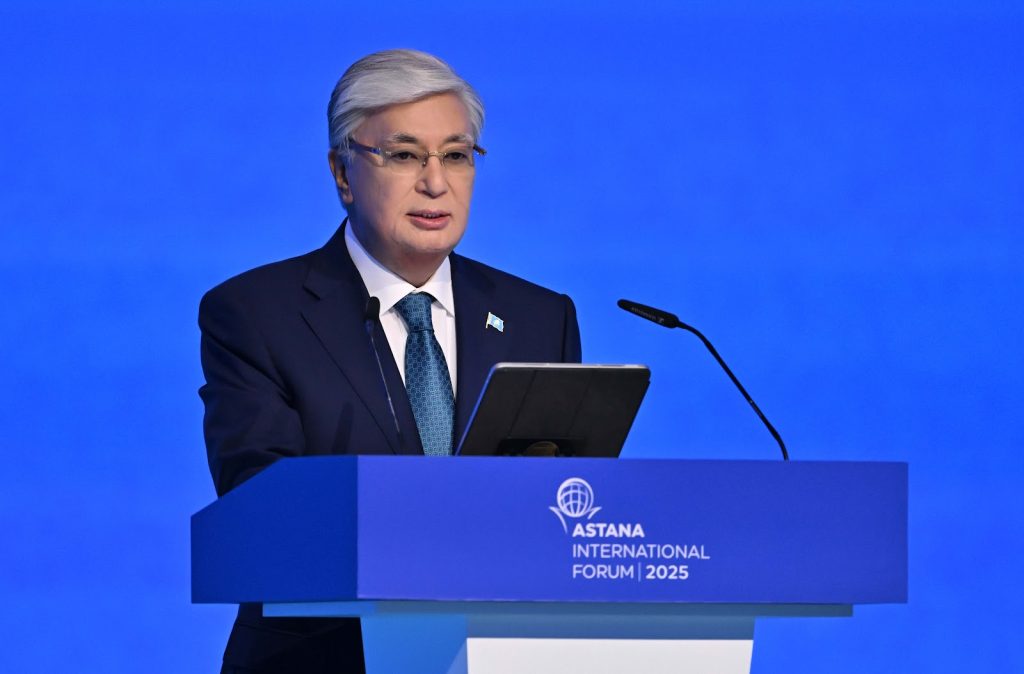Unlock the Editor’s Digest for free
Roula Khalaf, Editor of the FT, selects her favourite stories in this weekly newsletter.
Jobs growth in the US slowed sharply in October, according to a fresh labour market report that is likely to shape interest rate expectations for the world’s biggest economy.
US employers added 150,000 new roles last month, according to the Bureau of Labor Statistics, down from a revised 297,000 added in September.
Economists surveyed by Bloomberg had expected 180,000 new roles.
The unemployment rate for October rose to 3.9 per cent, from 3.8 per cent in September. Average earnings edged 0.2 per cent higher, a slight slowdown from the 0.3 per cent increase in the previous month.
Jobs growth is an important indicator for investors and Fed rate-setters, who are monitoring the labour market for evidence that the central bank’s monetary policy tightening campaign is cooling the economy.
The Fed has raised interest rates from near zero in March last year to a target range of 5.25 to 5.5 per cent in an effort to bring down inflation. But recent economic data, including jobs figures, have pointed to persistent resilience in the economy. Inflation was also slightly higher than forecast for September, and gross domestic product expanded faster than expected in the third quarter.
The Fed held interest rates steady on Wednesday and along with other international peers is widely expected to keep borrowing costs at current levels for some time.
Speaking at a press conference after the decision, chair Jay Powell brushed aside concerns about the stronger than expected economic data, saying robust jobs growth reflected more workers coming off the sidelines and an uptick in immigration.
“That’s a big supply-side gain that is really helping the economy.”
Treasury secretary Janet Yellen has echoed this sentiment, telling the Financial Times in an interview last month that growth was a “positive, not a negative” that reflected “more people wanting to work and finding jobs”.
Financial markets have increasingly priced in bets that the Fed will hold off further rate increases, with officials shifting the debate towards how long to keep them at elevated levels.
Credit: Source link










